This is indeed a very easily overlooked detail in the triangle, let’s take a look.Easy way of doing yoga triangle for those with uncomfortable knee
Let’s first understand the yoga triangle, the picture below
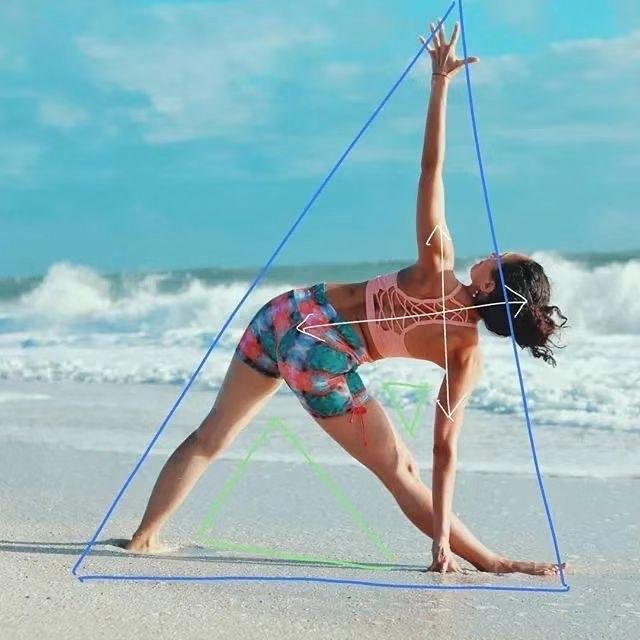
Practice method: Stand in the middle of the mat, with your feet wide apart, rotate your right foot 90 degrees externally, buckle your left foot slightly inward, keep the heel of your right foot and the arch of your left foot in a straight line, adjust your pelvis, straighten your legs, and inhale. Exhale and raise your arms to the sides, exhale and drive your body to bend to the right to enter the pose, hold for 3-5 groups of breaths, and then return to the front and back to practice.
This is a scoliosis pose: push the groin inward from the base of the thigh, outside the groin, elongate and straighten the side of the spine, and form a fold on the outside of the groin. It is exactly the same as forward flexion, except that the fold of forward flexion occurs on the front side, and the fold of lateral flexion occurs on the outside.
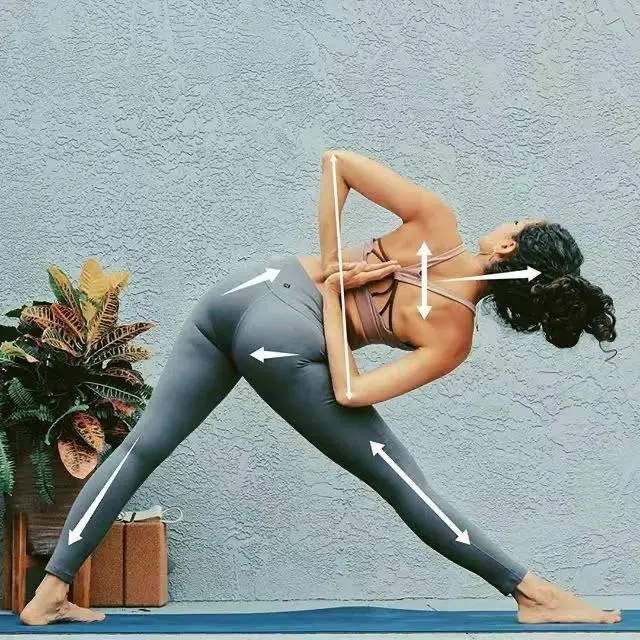
In order to form a fold on the outside and push the groin inward like a forward bend, there is a very important force: the front leg is tightened and raised, all the way to the base of the thigh, cut into the groin, and deepen the side bend.
Since the forefoot is externally rotated by 90 degrees in Triangle Pose, when the front leg is tightened and raised, and then cut to the groin, the entire weight of the forefoot will be completely transferred backward to the heel if one is not careful, and the sole of the forefoot will be completely overhead. On the ground, but only for decoration.
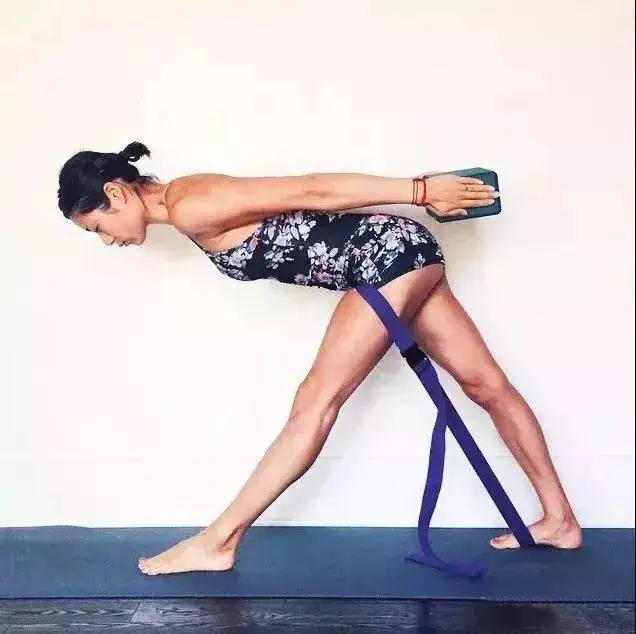
When the entire center of gravity is moved to the heel, the entire shinbone of the calf falls down, and the knee has begun to be stressed; at this time, the front side of the thigh is pushed back, and the root of the thigh is cut inward, and the force on the knee will be further. Increase. In Triangle Pose everyone’s focus is on the side bends, in the groin area. Although the knee is stressed, the weight of the whole body is not completely on the knee, and the time in the triangle is generally not very long, resulting in the front knee being stressed and uncomfortable, but it is not easy to be detected. It feels like a frog being boiled in warm water.
The solution is simple: Shift the weight of the front leg to the ball of the forefoot.
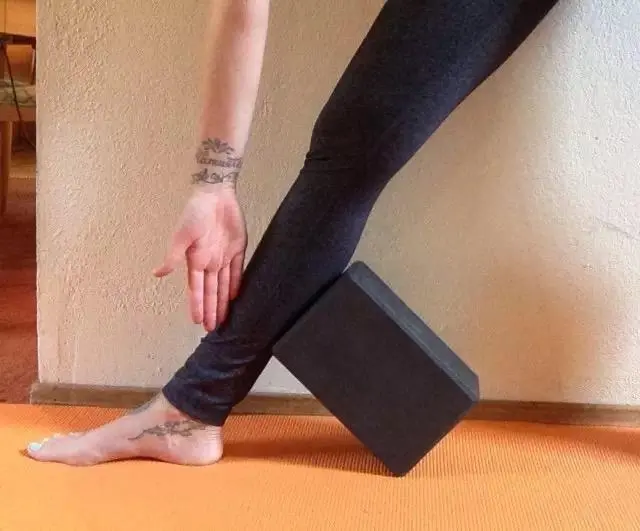
Although it is a very simple adjustment invisible to the naked eye, this adjustment is very important and powerful:
Relieve pressure on the Achilles tendon. This is why many people experience heel and Achilles tendon pain in Triangle.
The muscles of the calf are mobilized to find the force of the shinbone upward. You should often see that there is an auxiliary method, which is to support a yoga block under the lower calf in asanas such as the triangle. The purpose of this yoga block is to prevent the lower shin from falling down. But if you put the force on the forefoot, the shin of the lower leg will be actively lifted up instead of being passively lifted by the brick.
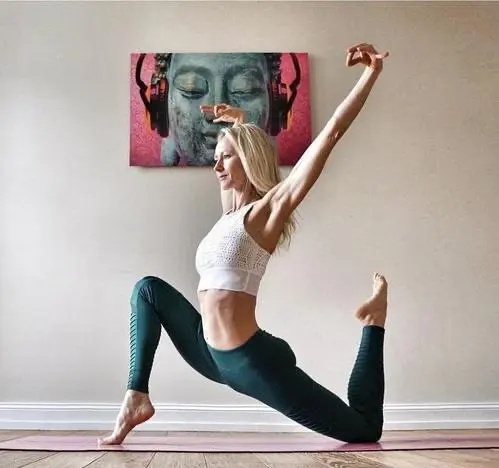
The force of the thigh tightening and lifting is easier to find. When the force is in the heel, the shin of the calf falls down and part of the force is transferred to the knee, which is equivalent to a part of the force from the foundation is divided. And if you think about it carefully, you will find that after the forefoot has more force, the force of pushing the groin inward to fold the hip will move from the back of the thigh to the front of the thigh, making the side bend easier and deeper and less labor-intensive.
The knees will be very relaxed. During the exercise, you can stop your consciousness on the knees for a while, and you will find that the knees are very easy to breathe.
Not just the triangle pose, but also the front leg. Don’t let the lower shin drop down and don’t put the force on the knee.
Read more tips about health and love http://www.growmorehealth.com
